"The Big Snow" Art Lesson for Kids

Snow inspired at-homes art lesson for kids!
Materials:
Faber-Castell Connector Paint Box
Faber-Castell 9 x 12 Watercolor Pad
Flat medium paint brush Round soft small and medium paint brushes
Pencil Vinyl tablecloth or newspaper
The book, “The Big Snow” by Berta and Helmer Hader
Vocabulary:
Oval, color mixing, layer effect, contrast, dimension, texture, depth
Make an example of the art:
Besides creating an example to inspire your child, taking the 30 minutes to follow the simple steps and make the art yourself allows you to experience the art processes and any potential pitfalls. It will enable you to guide your child through the project with confidence and experience, easing any complications or stress, thus creating a successful experience for both of you.
Set up:
Prepare your kitchen table for an art project! An old re-usable vinyl table cloth works best for protecting the surface and providing a water-proof background. It can later be wiped clean, or left dirty (with dried paint), and folded up. Old newspaper will also do, although it can slip around, and paint or water can soak through. Set out all of the materials for the art project.
Reading:
Establish a comfortable place for reading, and read aloud, “The Big Snow” to your child. Share the charming illustrations and discuss how the forest’s woodland animals get ready for a long, cold winter.

1. Tree Drawing
Show your child how to begin by filling their 11x14 paper with a simple pencil drawing of a large, close-up tree. Remind them to make part of the tree fat enough to include the squirrel’s den, and draw a large knot/hole where they will later draw their squirrel.

2. Painting the Tree: Stage 1
Show your child how to mix their paints using the plastic top of the Connector Paint Box as a palette. Add water to the two brown colors in the paintbox to create a soupy consistency. With a large flat brush, show how to paint the tree using long, sweeping strokes. Let the wet paint blend in areas. Paint the background a light blue, gradating down to white. Let dry.

2. Painting the Tree: Stage 2
Next, show your child how to add the second layer of paint to the tree to create more texture and contrast. Using a medium round brush and the same colors but with a little less water, show how to begin creating the effect of tree bark by adding loose, sweeping, curvy lines. Let dry.

3. Painting the Tree: Stage 3
Now have your child paint the final layer of bark by adding a few slightly darker curvy strokes of paint, along with smaller, thinner ones for added detail and interest. Try to be light-handed when adding these strokes; the tree bark effect is achieved by creating contrast, allowing the first and second lighter layer of paint to show through. Let dry. Demonstrate how to outline the tree with the medium round brush. Control the thickness of the line by applying more or less pressure on the brush to the paper.
Drawing the Squirrel
Show your child how to practice drawing the squirrel on a separate piece of paper before drawing it inside the tree. A little practice will help them to draw the squirrel with more confidence and be happier with the final result.

1. Show your child how to begin their drawing of the squirrel by sketching a simple oval shape for the largest part of the squirrel’s body.

2. Next, show your child how to attach two smaller, narrower oval shapes for the squirrel’s arm and another oval positioned where the head will be.

3. Continue by showing how to fill in the drawing by connecting the head to the rest of the body and adding the ear, muzzle, eye, claw, foot and fluffy, curly tail.

4. Painting the Squirrel in his Den
After drawing the squirrel in the hole, show your child how to sketch a few acorns and bits of bedding made of moss, old leaves and sticks that the squirrel has collected to make his den comfortable. Begin painting by starting with the background of the hole. Show your child how to create a warm, cozy den by painting with yellows and ochres. Let dry.
Paint the squirrel; will he be a Red Squirrel or a Grey one? Add water to the paint to create a thinner consistency. Outline the squirrel in the same manner as outlining the tree, only using a smaller round brush.

5. Painting the Background Tree
Show your child how to paint the background tree. Explain how the effect of distance is achieved by painting the tree small and light. Show how to mix a watery consistency of blue and grey and paint the tree with a small round brush.

6. Painting the Snow
Finally, have your child paint the falling snow! Mix up some watery white paint using the tube of white included in the Connector Paintbox. Show how to use the medium round brush and paint the flakes with the tip of it. To create more depth add a small amount of blue/grey to the watery white and paint darker snow flakes on the background. Now, stay warm and see you in the spring!
Download the entire lesson plan, here!

